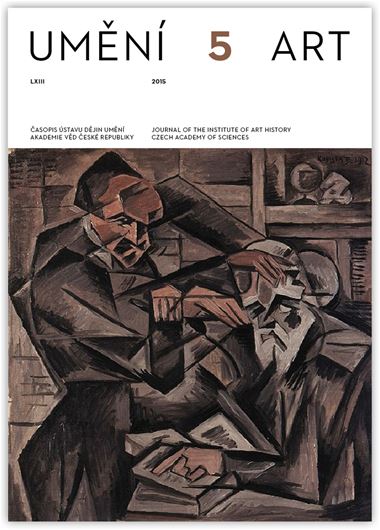Jindřich Vybíral
The Public Servants’ Colony in Dejvice, Prague, and the New Ideal of Urban Morphology: Anomaly or Paradigmatic Change?
This study deals with a public servants’ colony consisting of 114 one-storey houses built in Dejvice, Prague, in 1921–1922. One of the first Zeilenbau housing projects in Central Europe, the colony was meant to provide a healthier alternative to the densely packed, closed blocks of flats characteristic of large cities. The study presents the project in its historical context, analyses its concept of urban planning, and tries to find out why it has not yet been adequately dealt with in art-historical discussions. The project’s progressive approach to urban planning and its architectural design were not the result of an autonomous creative initiative, but rather came about as a provisional response to the pressure of an unparalleled housing crisis. Czech urban planners consequently viewed it merely as an ‘anomaly’ and not as a model for future strategies. The study deals with the authorship of the project and ascribes both the planning of the colony and the design of its brick house to Rudolf Hrabě, an engineer at the City Construction Office. However, the intellectual author of the idea to design the wooden groups of four houses, which were published as the work of architects František Ložek and Václav Novák, is identified in the study as their teacher Jože Plečnik, who probably also contributed to the designs of two other structures that were part of the colony: a school and a laundry.
Full-text in the Digital Library of the Czech Academy of Sciences:
https://kramerius.lib.cas.cz/uuid/uuid:1d777ddd-08ea-4f9e-83d2-3cc057228dfa
< back

